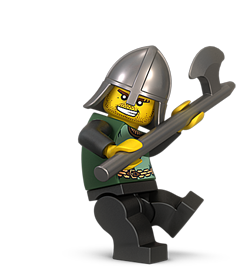The class isn't really focused on acquiring content-area knowledge (what a literary allusion is or how to calculate the volume of a cylinder for instance), but rather on analytic skills. These will be much trickier for me to assess!
Here's what I'm trying (at least for the first nine-week marking period) -- students will be given the following prompt:
Lights Out!
In 2003 a software bug caused a “domino effect” that took more than 265 power plants offline and left 55 million people in eight U.S. states and Canada without electricity. In 2005 Hurricane Katrina swept north from the Gulf of Mexico, leaving many Americans without power. Even in our own county, almost a thousand miles from where the storm made landfall, some people were left without power for more than a week.
| . |
Now imagine this … during a late-September heat wave another massive blackout hits, but just as utility workers race round the clock to get things back to normal, a huge Category 4 hurricane with a 600 mile radius and wind gusts of 140 miles per hour sweeps up the East Coast of the United States, ripping up trees and powerlines!
Now you are in the dark … maybe for weeks! If you have a generator the gas may last for a while, but not long enough. Damaged towers and the loss of electricity means that nobody can get a signal on a cell phone. Soon the weather begins to turn colder … what will you do?
| . |
Think about how you will survive. What resources will you need, where and how will you get them, and how will you use them?
Students will be instructed to use a “Force-Fitting” model for creative problem solving where they consider objects that may not be directly related to their dilemma [securing shelter, food, water, transportation, security, waste-disposal, etc].
How can the object (or part of it) offer new ideas for dealing with your problem?
Choose one or more of your new ideas and, on a separate sheet of paper, describe in greater detail how it may help you with your problem.
Your answers will be evaluated as follows:
Is it practical? Is it detailed? Is it ethical? Is it creative?
Now I realize that this may not look much like crawling through ruined temples or knocking the heads off of orcs, but I'm sold on the idea that the thinking skills cultivated down in the dungeon translate to habits of analytic thinking that will leave students better equipped to grapple with scenarios like "Lights Out!" after nine weeks of practice.










